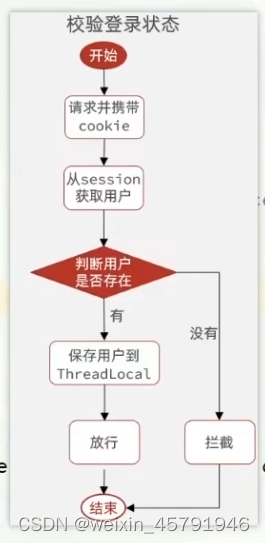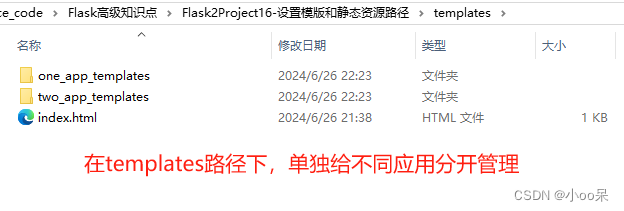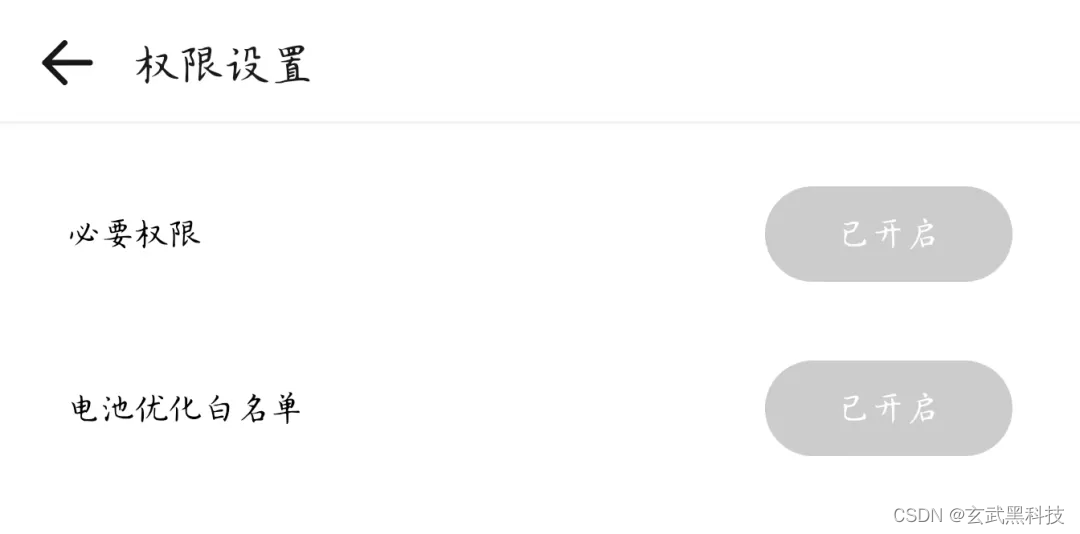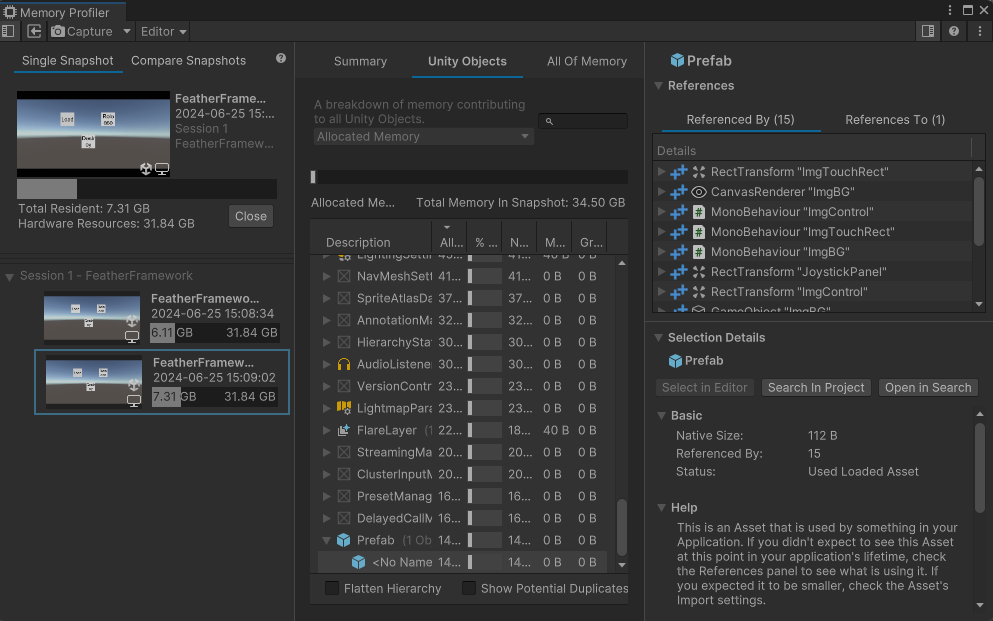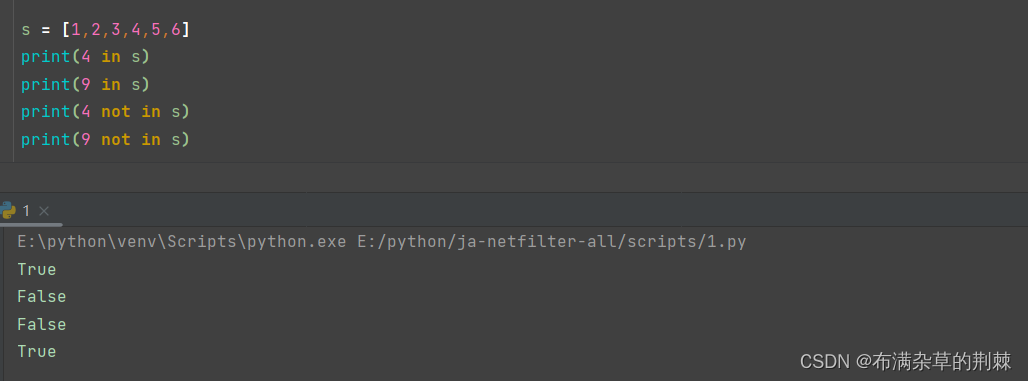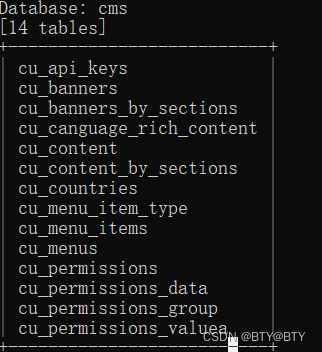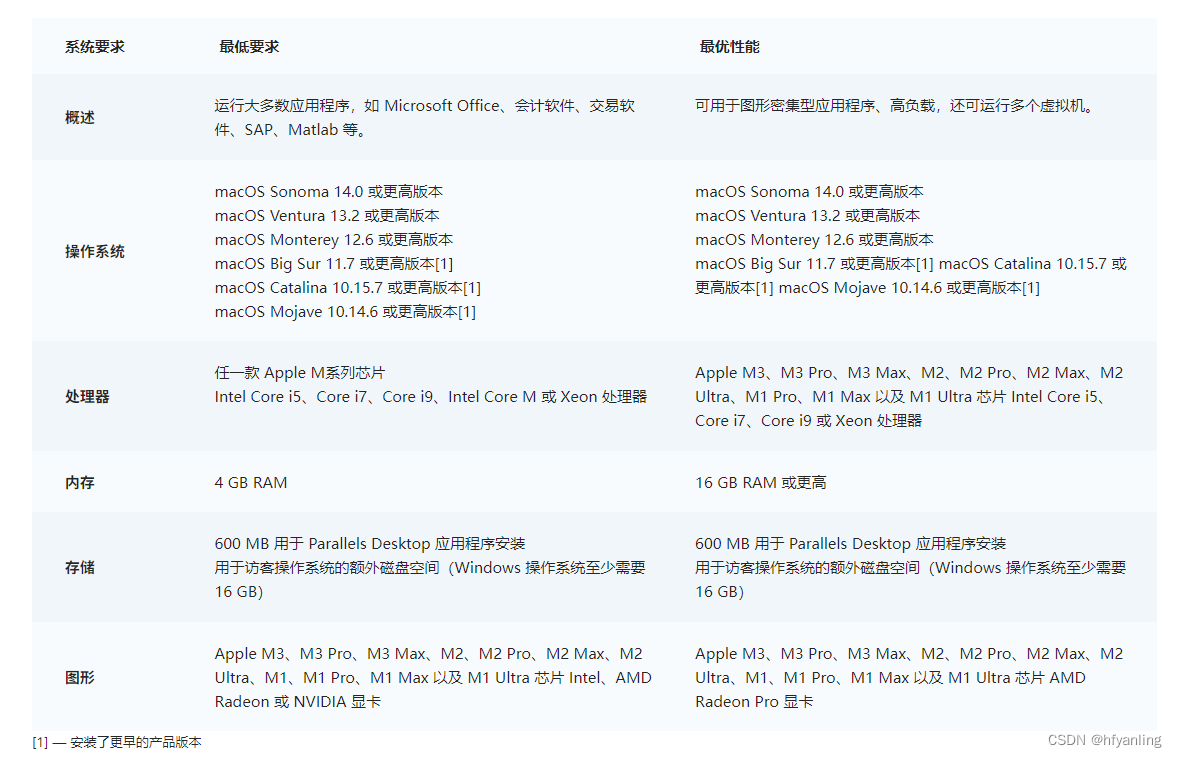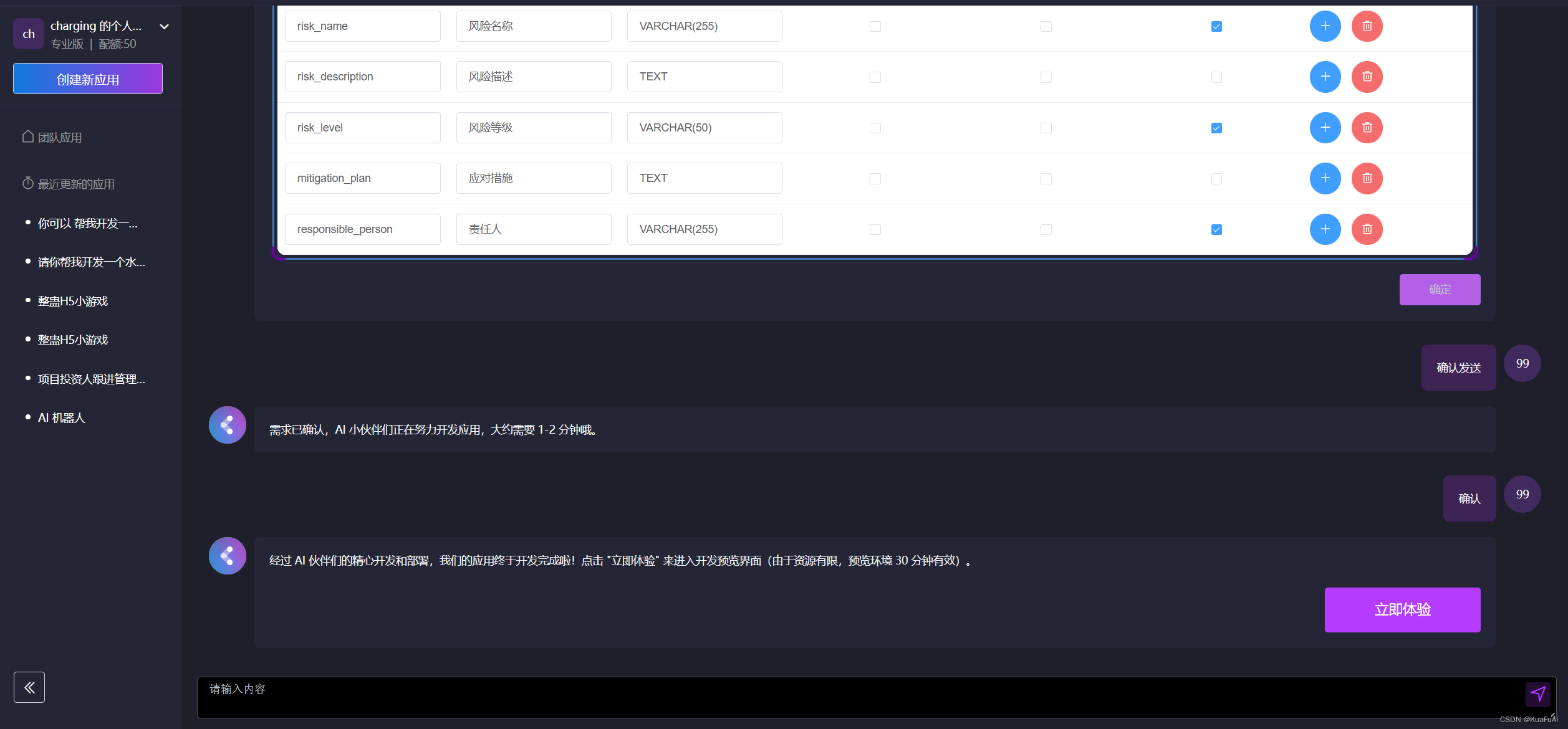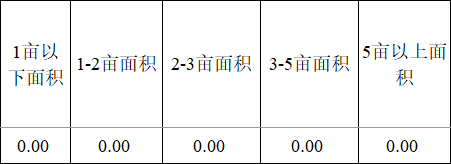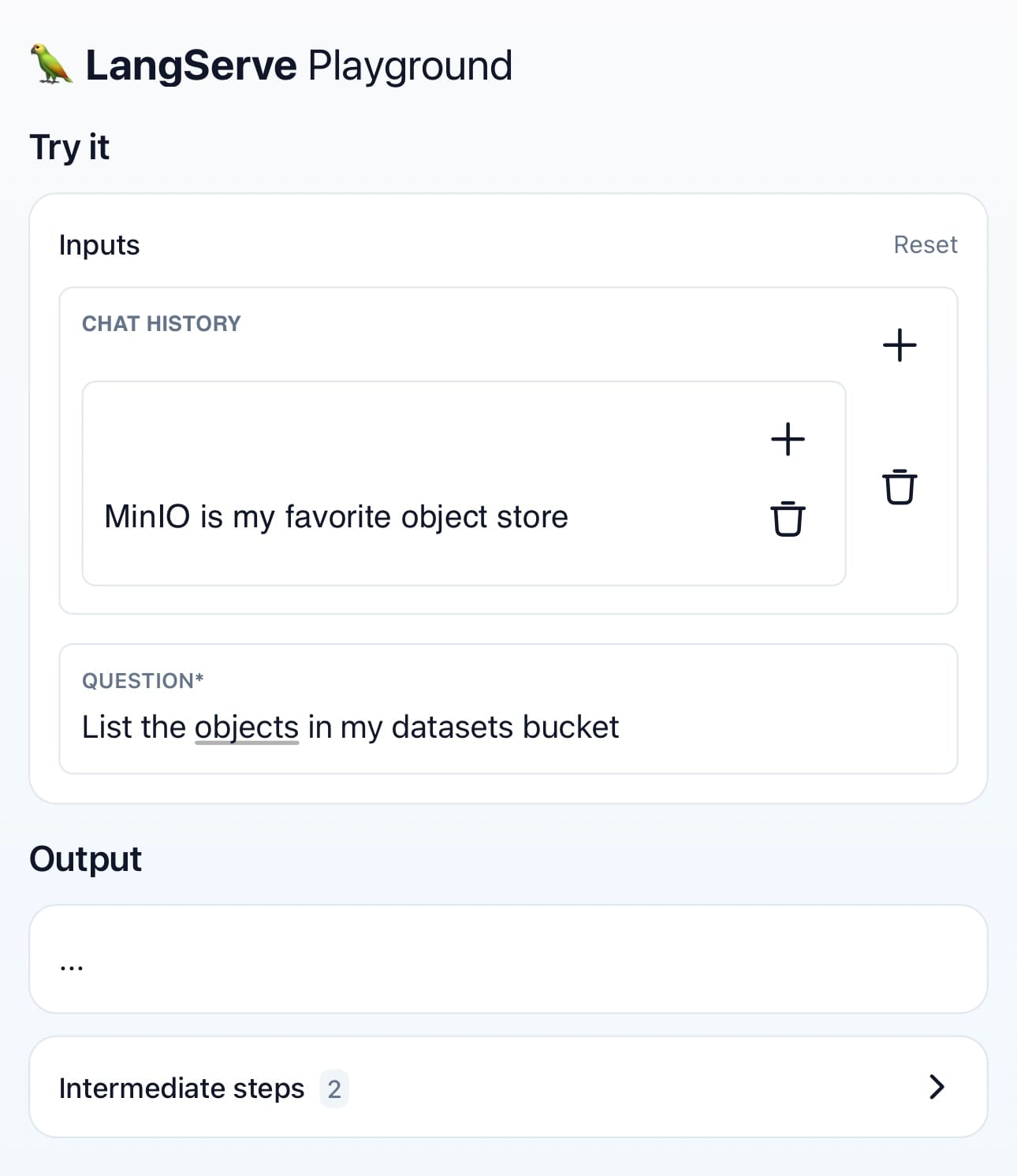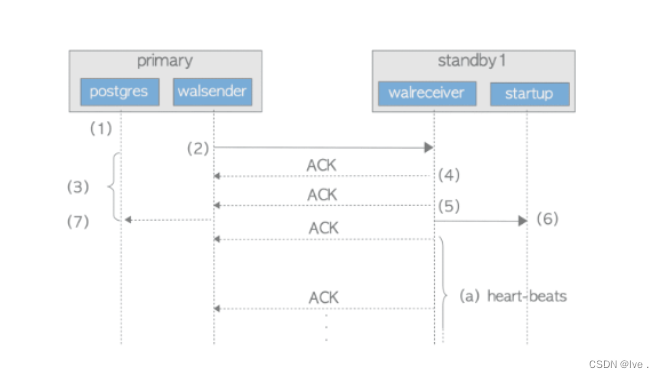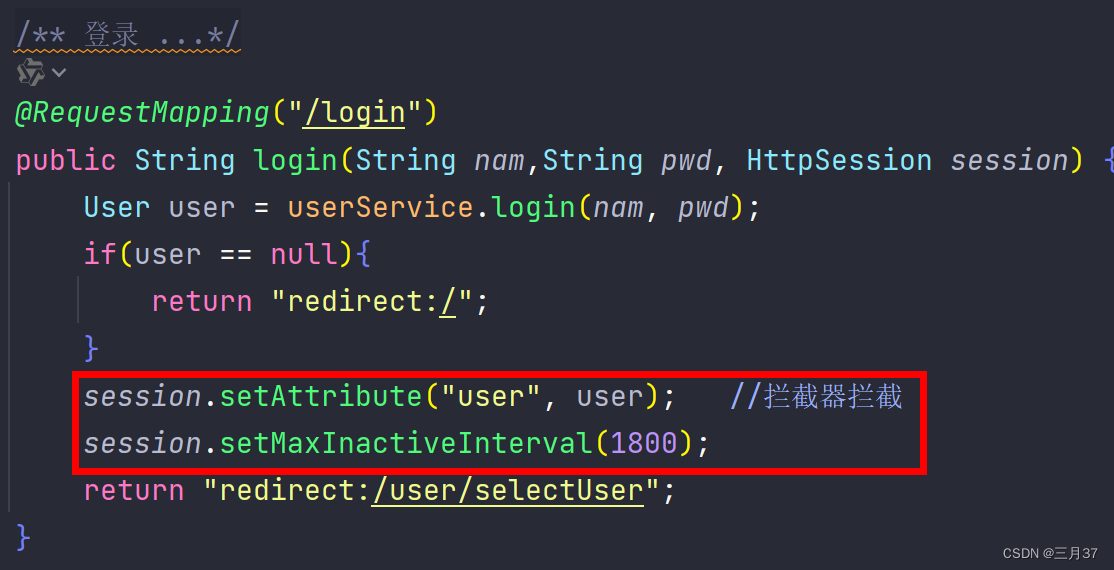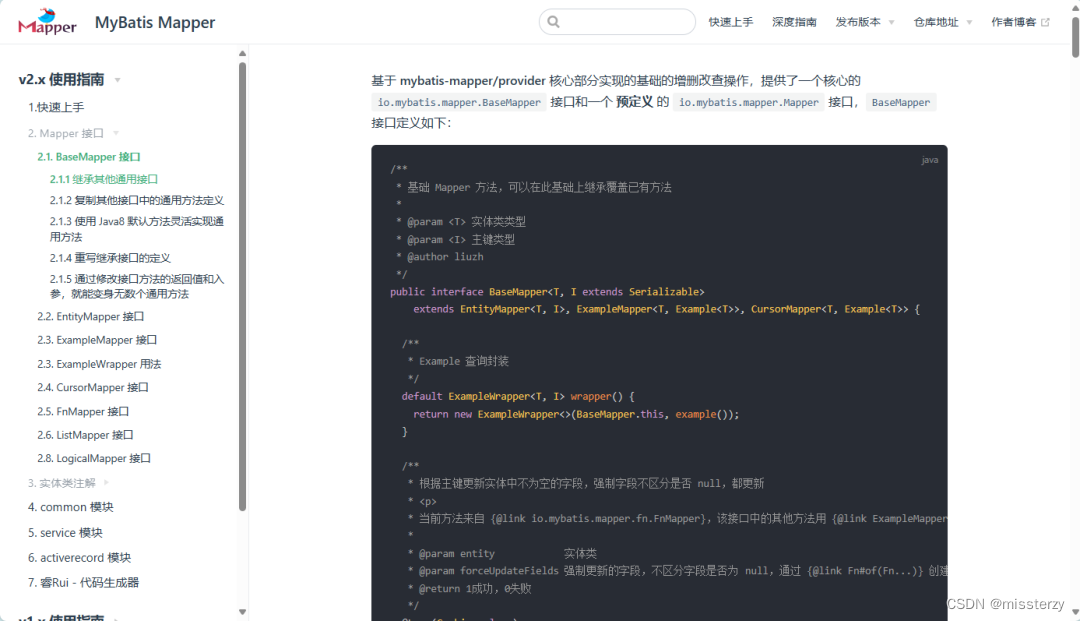一、拓扑图
1.新建拓扑图
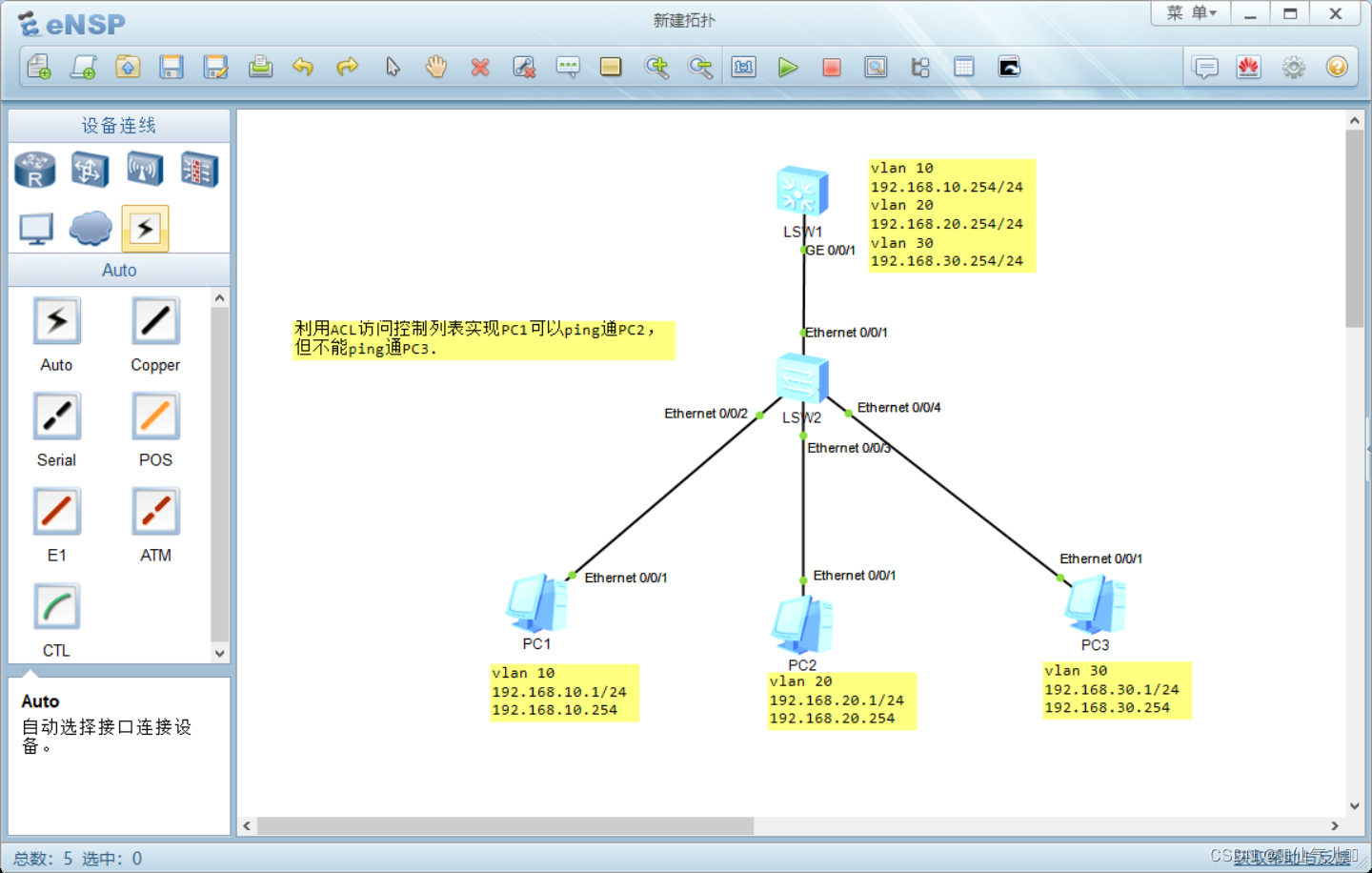
2.PC端配置
PC1:

PC2:
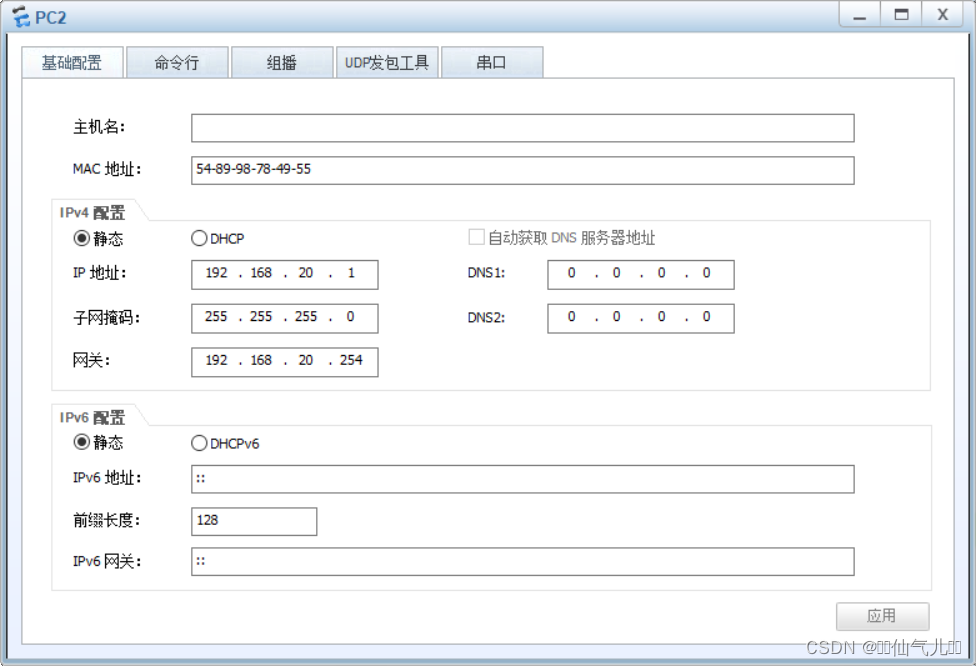
PC3:
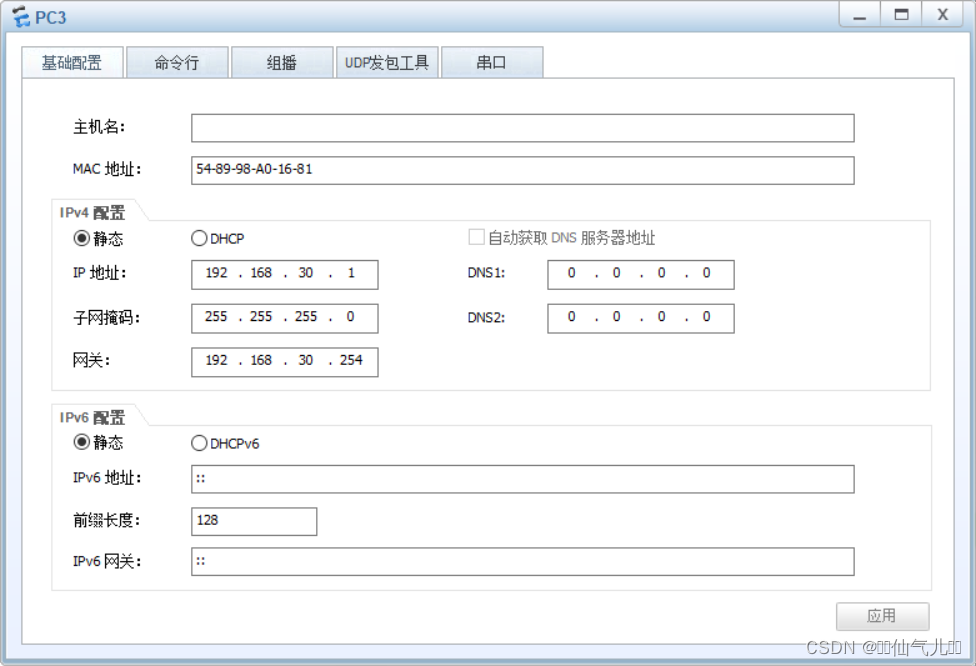
二、基本命令配置
1.S1配置
<Huawei>system-view
[Huawei]sysname S1
[S1]vlan 10
[S1-vlan10]vlan 20
[S1-vlan20]vlan 30
[S1-vlan30]quit
[S1]interface Vlanif 10
[S1-Vlanif10]ip address 192.168.10.254 24
[S1-Vlanif10]quit
[S1]interface Vlanif 20
[S1-Vlanif20]ip address 192.168.20.254 24
[S1-Vlanif20]quit
[S1]interface Vlanif 30
[S1-Vlanif30]ip address 192.168.30.254 24
[S1-Vlanif30]quit
[S1]interface GigabitEthernet 0/0/1
[S1-GigabitEthernet0/0/1]port link-type trunk
[S1-GigabitEthernet0/0/1]port trunk allow-pass vlan all
2.S2配置
<Huawei>system-view
[Huawei]sysname S2
[S2]vlan batch 10 20 30
[S2]interface Ethernet 0/0/1
[S2-Ethernet0/0/1]port link-type trunk
[S2-Ethernet0/0/1]port trunk allow-pass vlan all
[S2-Ethernet0/0/1]quit
[S2]interface Ethernet 0/0/2
[S2-Ethernet0/0/2]port link-type access
[S2-Ethernet0/0/2]port default vlan 10
[S2-Ethernet0/0/2]quit
[S2]interface Ethernet 0/0/3
[S2-Ethernet0/0/3]port link-type access
[S2-Ethernet0/0/3]port default vlan 20
[S2-Ethernet0/0/3]quit
[S2]interface Ethernet 0/0/4
[S2-Ethernet0/0/4]port link-type access
[S2-Ethernet0/0/4]port default vlan 30
3.ping通测试
PC1pingPC2:
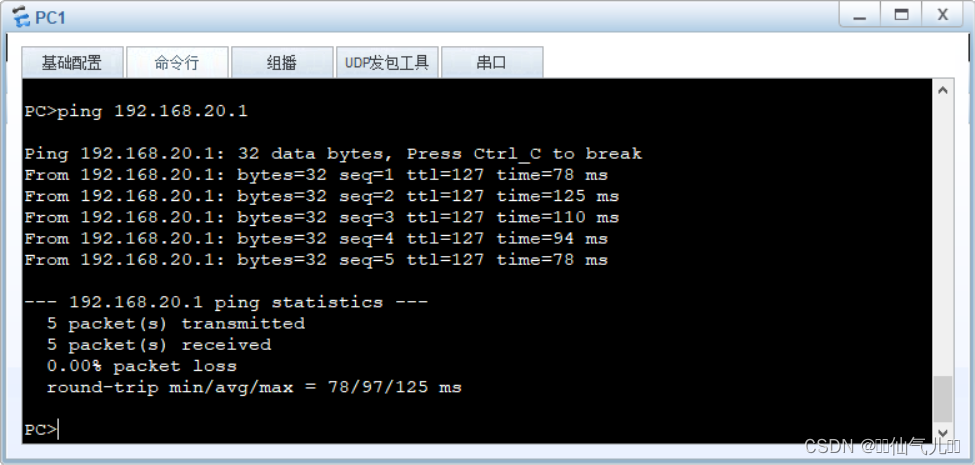
PC1pingPC3:
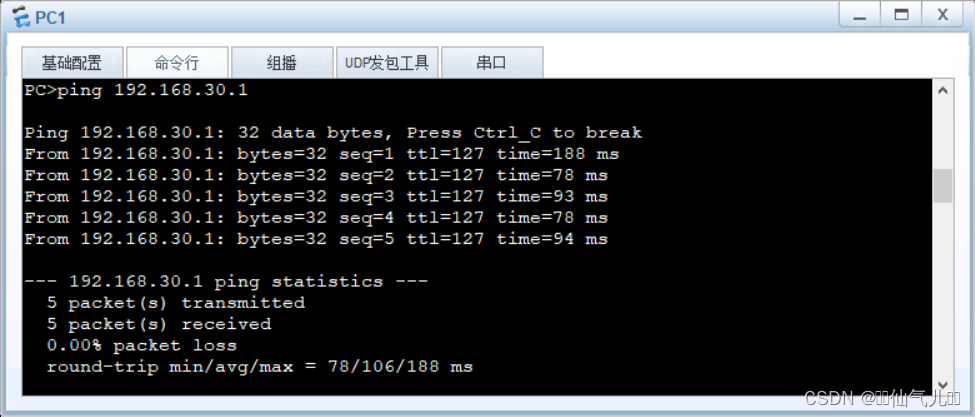
三、ACL相关命令
1.S1配置
[S1]acl name xianqier advance //在交换机 S1 上创建一个名为 xianqier 的高级 ACL。高级 ACL 允许更精细的流量控制和过滤。
[S1-acl-adv-xianqier]rule deny ip source 192.168.10.1 0.0.0.255 destination 192.168.30.0 0.0.0.255 // 添加一条规则,拒绝源地址为 192.168.10.1/24 的 IP 数据包发送到目的地址为 192.168.30.0/24 的网络。这里的 0.0.0.255 是反掩码,表示匹配 192.168.10.x 的所有地址。
[S1-acl-adv-xianqier]rule permit ip source any destination any // 添加一条规则,允许所有其他 IP 数据包通过。
[S1-acl-adv-xianqier]quit //退出 ACL 配置模式,返回全局配置模式。
[S1]interface GigabitEthernet 0/0/1 //进入接口 GigabitEthernet 0/0/1 的配置模式。
[S1-GigabitEthernet0/0/1]traffic-filter inbound acl name xianqier //将名为 xianqier 的 ACL 应用到接口 GigabitEthernet 0/0/1 的入方向(inbound),即过滤进入该接口的流量。
总结:这些配置创建了一个 ACL,该 ACL 拒绝特定源和目的 IP 地址之间的流量,同时允许所有其他流量通过。然后,将这个 ACL 应用到接口 GigabitEthernet 0/0/1,以便过滤进入该接口的流量。
2.ping通测试
PC1pingPC2:
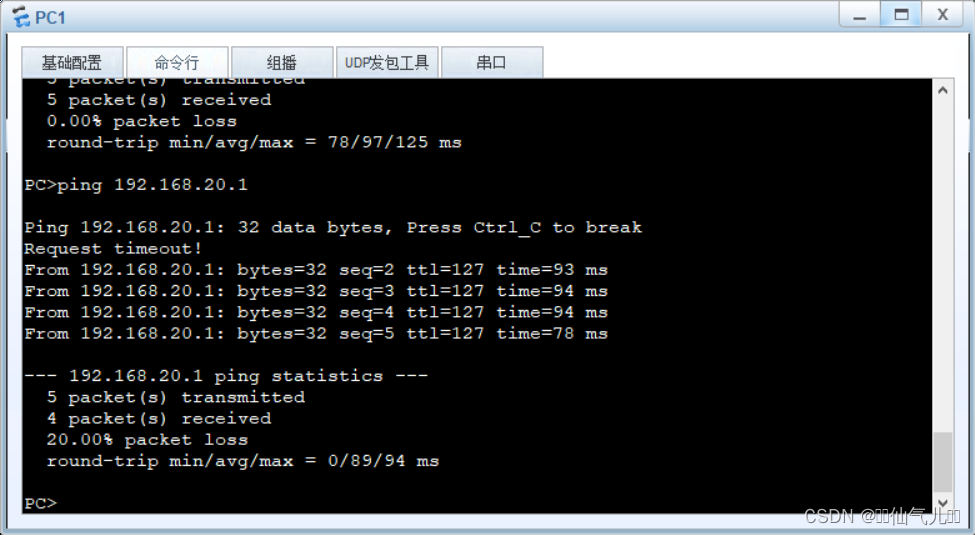
PC1pingPC3:
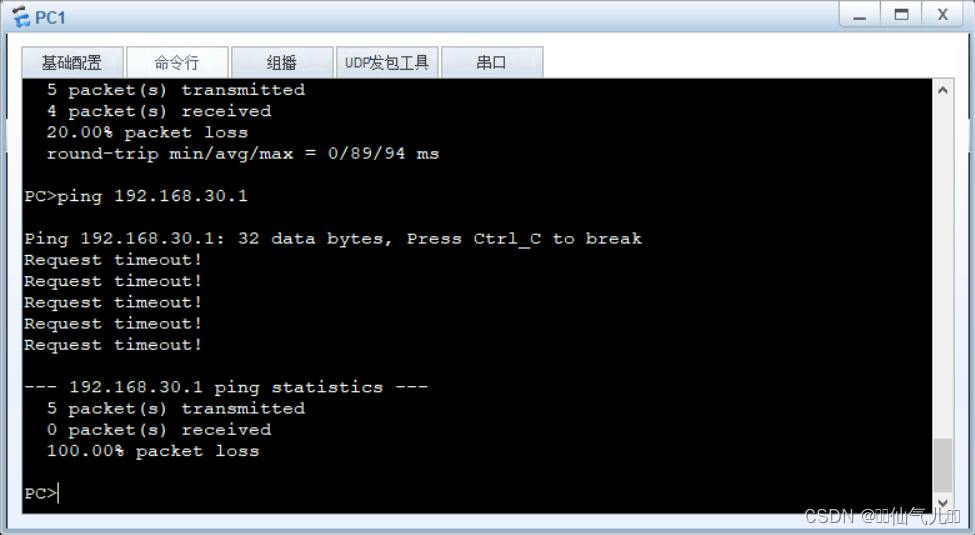
四、ACL类型补充
1.标准 ACL (Standard ACL)
特点:
-
只基于源 IP 地址进行流量过滤。
-
配置简单,但控制粒度较粗。
-
在配置时使用编号 1 到 99 或 1300 到 1999。
命令示例:
acl number 10
rule deny source 192.168.1.1 0
rule permit source any
2.扩展 ACL (Extended ACL)
特点:
-
基于源和目的 IP 地址、协议类型(如 TCP、UDP、ICMP)以及源和目的端口号进行流量过滤。
-
控制粒度更细,适用于更复杂的网络需求。
-
在配置时使用编号 100 到 199 或 2000 到 2699。
命令示例:
acl number 100
rule deny tcp source 192.168.1.0 0.0.0.255 destination 192.168.2.0 0.0.0.255 destination-port eq 80
rule permit ip source any destination any
3.基于时间的 ACL (Time-Based ACL)
特点:根据预定义的时间范围对流量进行过滤,适用于需要在特定时间段内进行访问控制的场景。
命令示例:
acl name office_time
rule permit ip source any destination any time-range work_hours
time-range work_hours
periodic weekdays 08:00 to 17:00
4.MAC 地址 ACL (MAC ACL)
特点:
-
基于源和目的 MAC 地址进行流量过滤。
-
多用于二层交换机。
命令示例:
acl mac 4000
rule permit source 00e0.4c00.0001 0000.0000.0000 destination 00e0.4c00.0002 0000.0000.0000
5.高级 ACL (Advanced ACL)
特点:
-
允许更高级的匹配条件,如时间范围、包的特定字段等。
-
在设备上配置时,可以使用命名方式,提供更灵活的控制。
命令示例:
acl name xianqier advance
rule deny ip source 192.168.10.1 0.0.0.255 destination 192.168.30.0 0.0.0.255
rule permit ip source any destination any
PS:在此次实验中我们使用的就是高级ACL~
